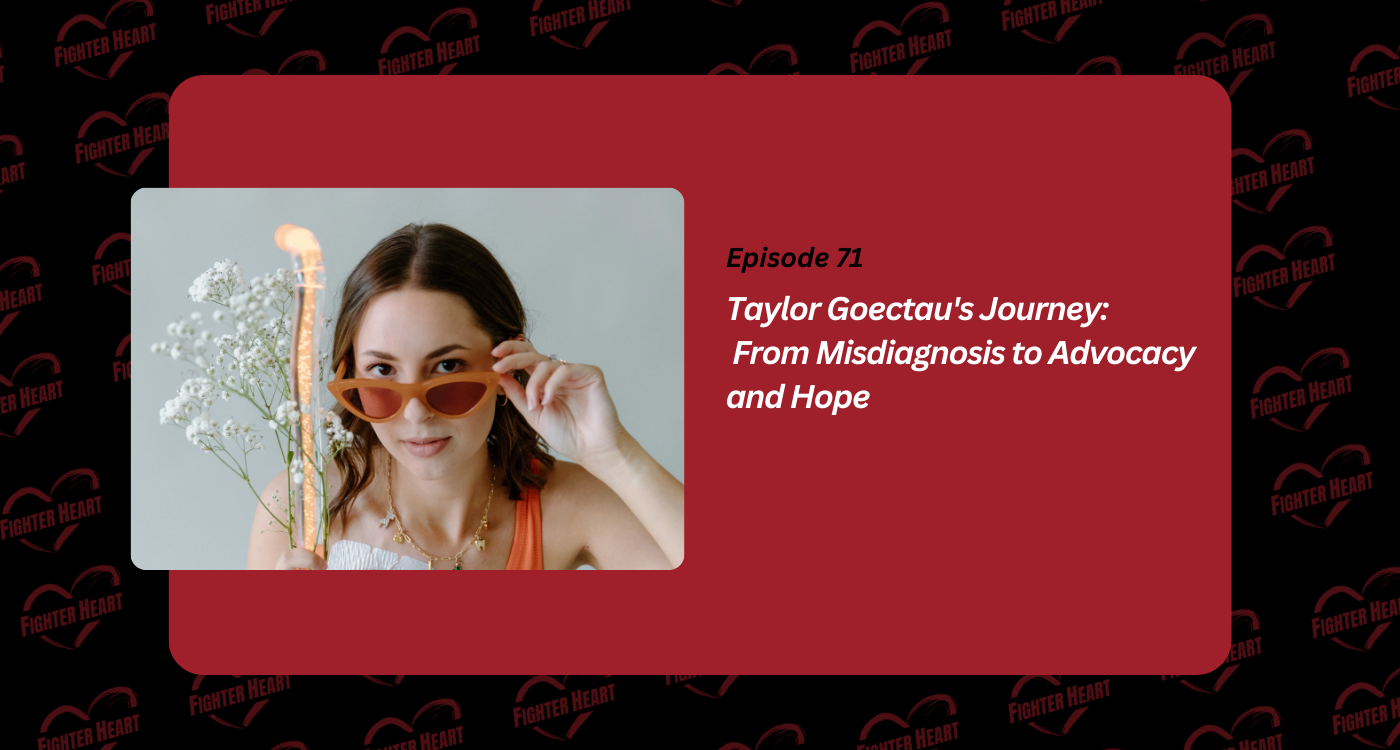Taylor Goectau’s Journey: From Misdiagnosis to Advocacy and Hope
Living With an Invisible Illness, Finding Her Voice, and Inspiring Others

When you meet Taylor, one of the first things you notice is her warmth and determination. A disability advocate from Oregon, she has transformed a life filled with medical struggles into a mission to bring awareness, build community, and inspire resilience. Her story isn’t just about living with a chronic illness—it’s about courage, self-advocacy, and turning pain into purpose.
Growing Up with Unanswered Questions
Taylor grew up in Idaho, where access to quality healthcare was scarce. From childhood, she struggled with unexplained health issues—fatigue, pain, and limitations that set her apart from other kids. Teachers dismissed her struggles, doctors misdiagnosed her symptoms, and she often felt unheard.
“I would tell my mom, ‘My bones hurt,’ and no one really understood what that meant,” Taylor recalls.
Despite numerous health challenges—including scoliosis, tethered cord syndrome, and clubfoot—answers remained elusive. For years, she was told it was “just in her head” or attributed to isolated conditions. The truth was much more complex.
The Turning Point: A Name for Her Struggles
At 21, Taylor finally received an official diagnosis: Ehlers-Danlos Syndrome (EDS), a rare connective tissue disorder that affects the body in unpredictable and often debilitating ways. For Taylor, it explained a lifetime of dislocations, chronic pain, fatigue, and other conditions like POTS (Postural Orthostatic Tachycardia Syndrome) and endometriosis.
“Getting the diagnosis finally put the puzzle pieces together,” she says. “For so long, I felt like I was imagining things. Now I had proof that my body wasn’t lying to me.”
Living with EDS: A Daily Battle
Life with EDS is never predictable. Some days, Taylor can manage a busy schedule; other days, she can’t get out of bed. She uses a range of mobility aids—canes, walkers, even a wheelchair when necessary—and has endured over nine surgeries in just a few years.
But through it all, she’s found strength in humor and resilience. Whether laughing with her husband about the randomness of her pain or tracking her symptoms through health apps, Taylor focuses on small wins and ways to adapt.
“There’s never a day I’m pain-free,” she admits. “But I’ve learned to work with my body instead of against it.”
From Struggle to Advocacy
Rather than letting her condition isolate her, Taylor chose to speak out. She began sharing her journey online, first within the Deaf and ASL community, and later focusing on chronic illness awareness. What started as a personal outlet quickly grew into a movement.
People from all over resonated with her honesty and vulnerability. Messages poured in: “Thank you for sharing this—no one talks about it.”
Taylor also brought her advocacy offline, organizing local events in Oregon for people with chronic illnesses and disabilities. From educational campaigns on endometriosis to in-person community gatherings, she has created safe spaces for people to connect, share, and feel less alone.
“We all need community,” she emphasizes. “Especially in a society that often overlooks us.”
A New Chapter: Research and Hope
In a full-circle moment, Taylor was recently offered a position at a medical research lab in South Carolina dedicated to studying Ehlers-Danlos Syndrome. After years of living with unanswered questions, she now gets to contribute to finding them.
“When I visited the lab, I just sobbed,” she shares. “It felt like I was meant to be there. Like everything I’ve gone through brought me to this point.”
Message of Hope
If Taylor could speak to her younger self—or anyone just starting their journey with a chronic illness—her advice is clear:
“Trust your body. Your pain is real, even if others can’t see it. Be your own advocate, because it’s going to be hard, but you will get through it. And never forget—you are not alone.”
Taylor’s story is one of resilience, transformation, and hope. Despite years of pain, misdiagnosis, and countless surgeries, she has turned her struggle into a platform for change. Her journey reminds us that while we cannot always choose what happens to us, we can choose how we respond.
Taylor chose to fight—not just for herself, but for a community that desperately needs to be seen and heard. And in doing so, she proves that even in the face of chronic illness, there is strength, connection, and purpose waiting to be found.







